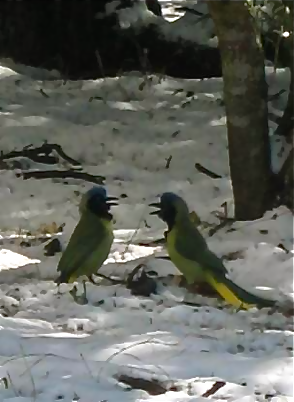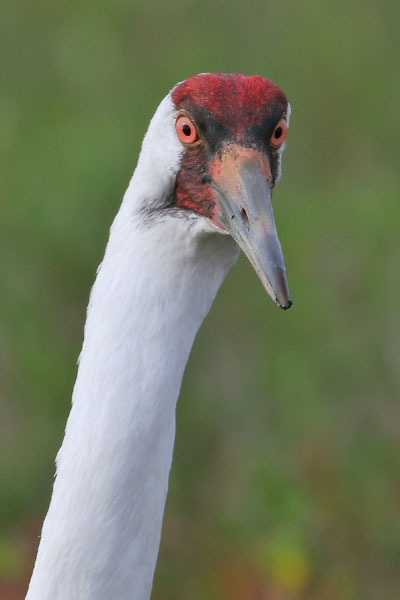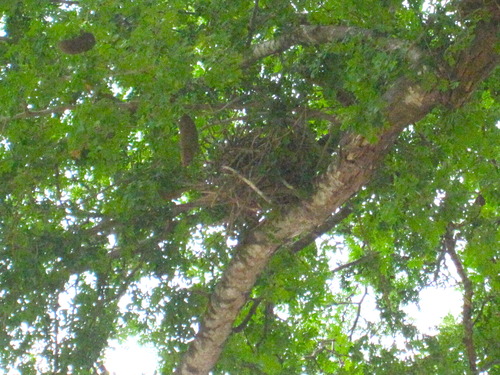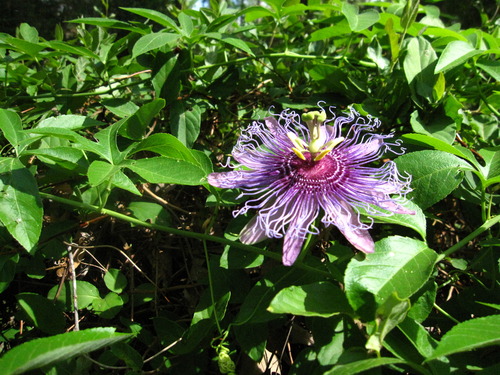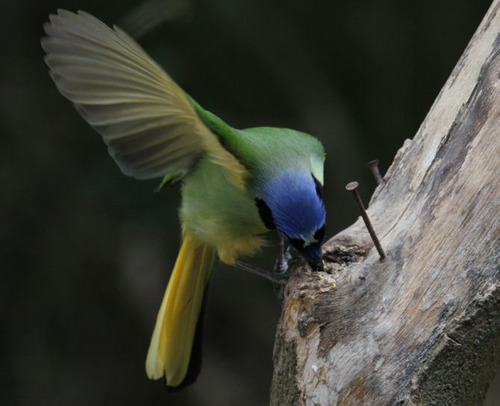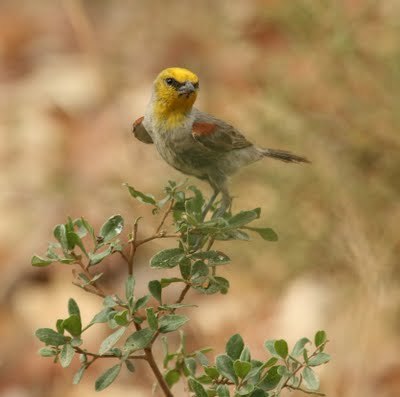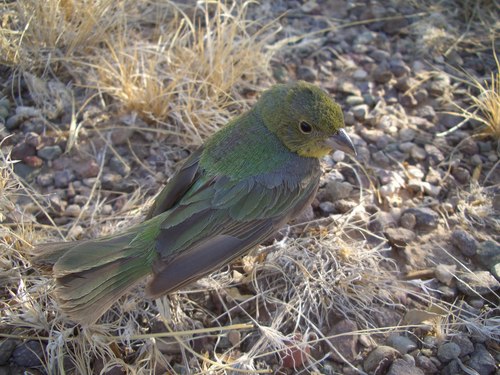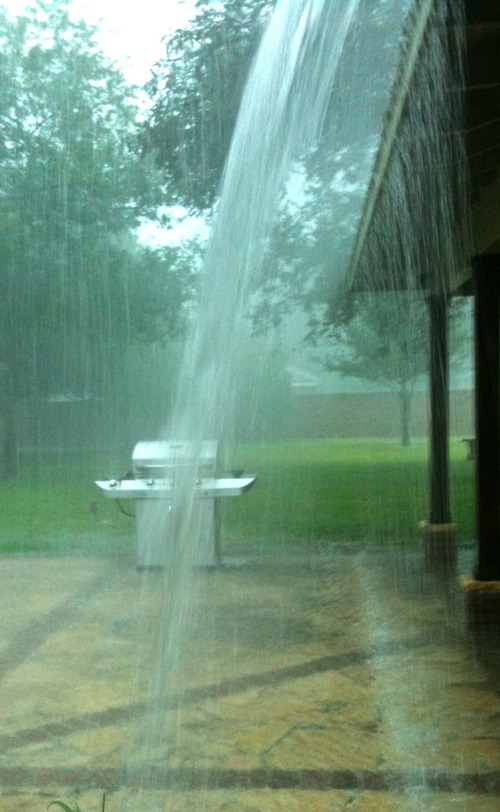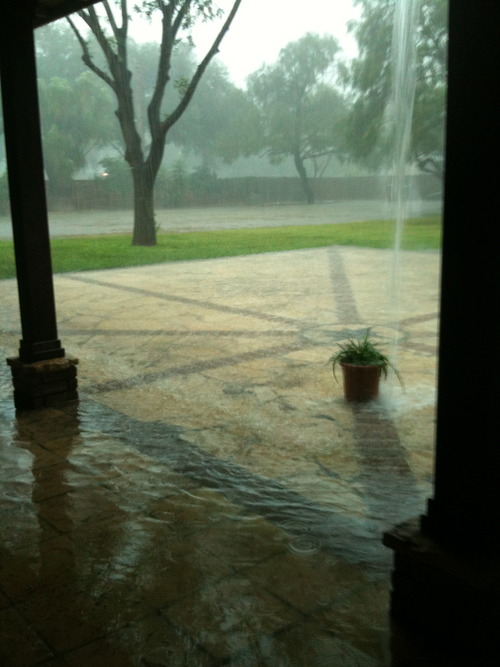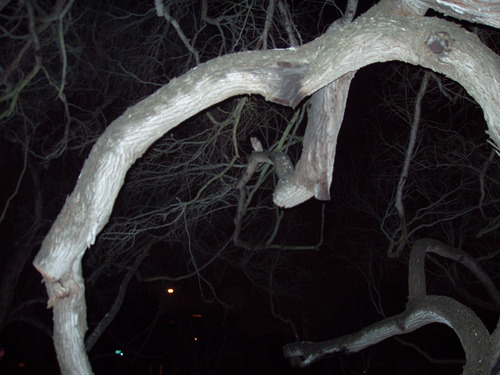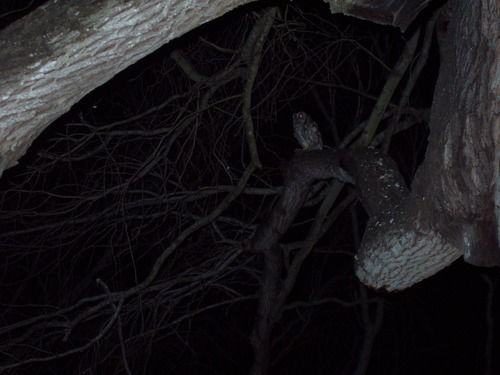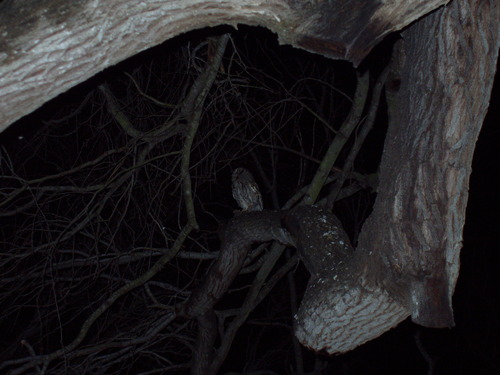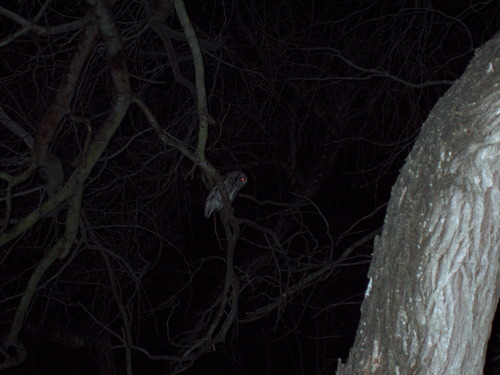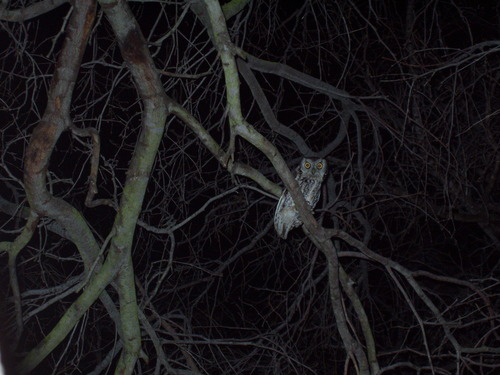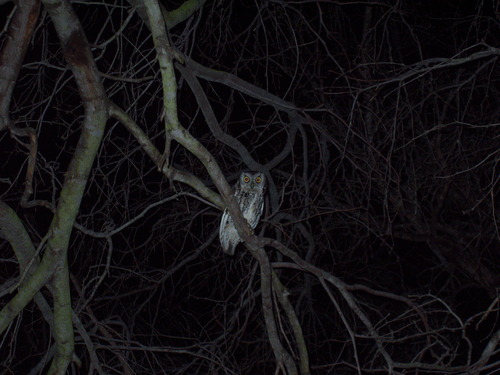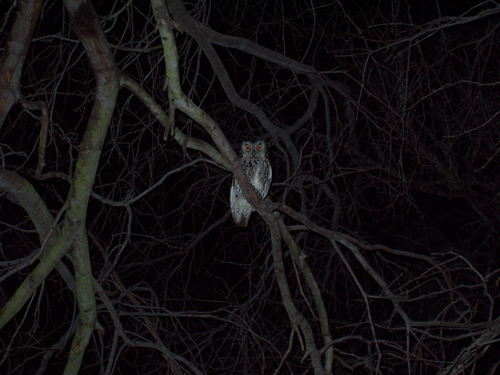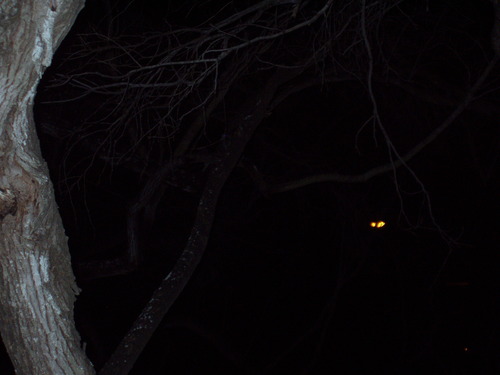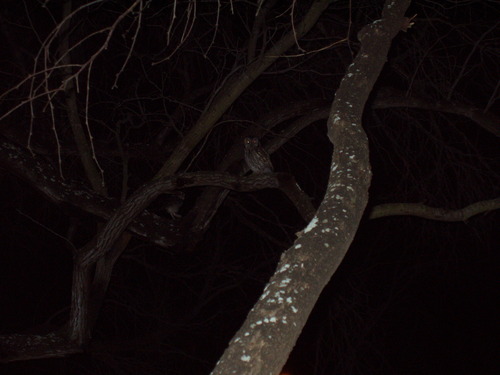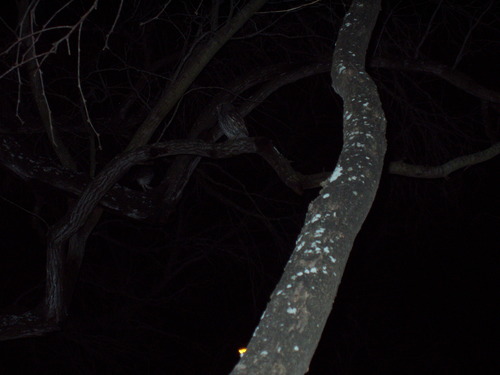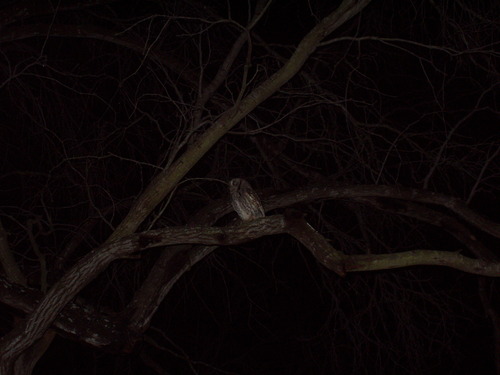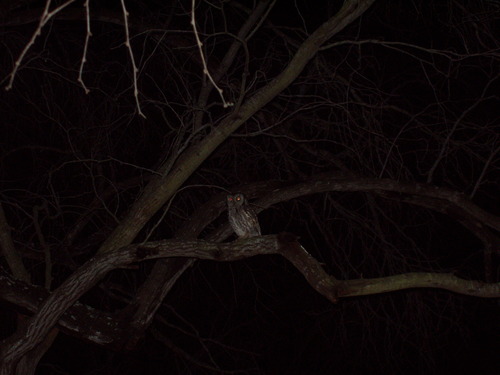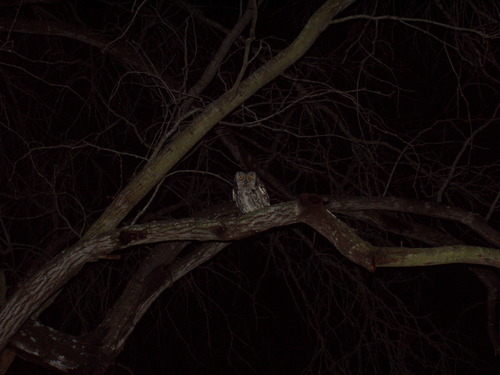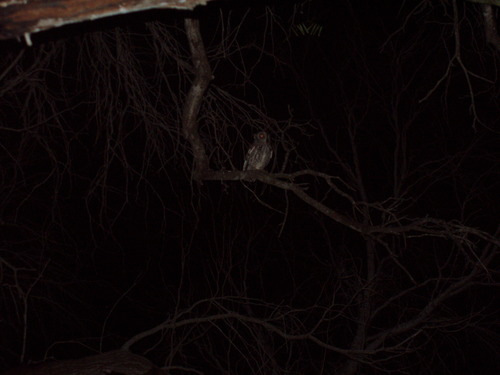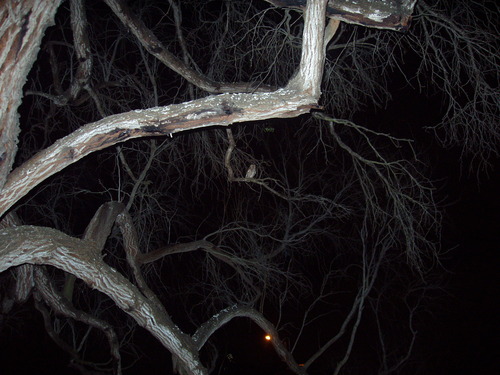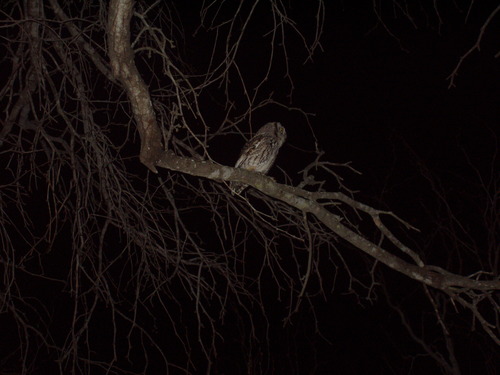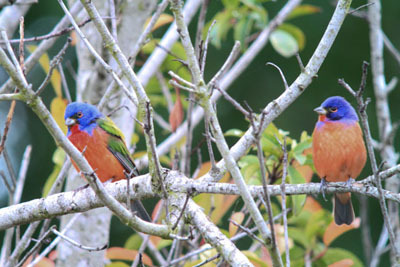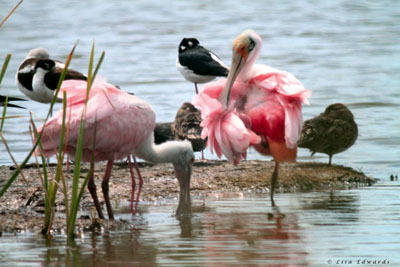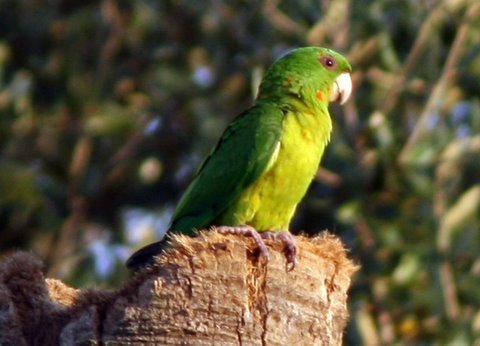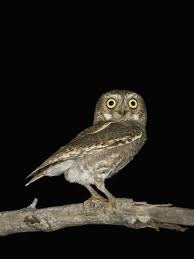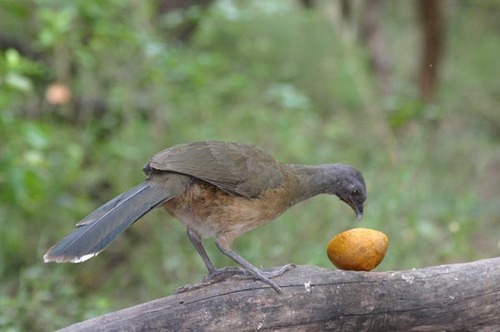ON TOPIC & NOT TO BE MISSED!
I have a varied and international group of friends on my birding Face Book page and I’ve made a new friend this week who is a true gem, a diamond in the rough, a gentleman among scholars. Bill has turned me on to some wonderful new friends and I’d like to share them with you.
1.) First, I’d like to introduce his son, Bryan Tarbox who is currently on a six-week internship for Texas A&M University in Costa Rica and is a gifted photographer
— see some of his other amazing birds shots at
http://www.pbase.com/disx0d
You can also follow his internship at Bryan Tarbox at Texas A&M on Face Book.
Bill also introduced me to a few of his favorite bloggers and I can only agree with him, they are quite talented and not to be missed.
2.) Carolyn writes about her bird sanctuary at Christmas Mountains Oasis in mystical West Texas and can be found here
http://cmoasis.blogspot.com/
Photo by Carolyn Ohl-Johnson
3.) Then, there is the eclectic blog of Heidi Trudell and Matthew York, “See Trail” which is a wonderful combination of conservation, birding, and everything else on the Trail right here
http://seetrail.blogspot.com/
Photo by Heidi Trudell
You can also find links to these and other blogs, people, and places that I endorse here in the right column of the blog under “LINKS”
Finally I’d like to introduce a “neighbor” of mine — out in the wilds at some point, everyone becomes a neighbor, here in Texas.
4.) McIntyre Birding Tours in Port Aransas, Texas, is owned and operated by native Texans with affordable rates and the flexibility that ONLY birders can truly appreciate. These are some of the BEST guides we have in South Texas and are sure to please even the most discriminating birders. Check out their offerings here
http://www.mcintyrebirdingtours.com/page/page/4130574.htm
In the end, who are we really, without friends and neighbors?
~*~*~*~~*~*~*~~*~*~*~~*~*~*~~*~*~*~~*~*~*~~*~*~*~~*~*~*~~*~*~*~~*~*~*~~*
OFF TOPIC & COMPLETELY SELF SERVING
Not much bird wise happening in McAllen, today. We did however get our first rain of the YEAR.
Lord, call yo momma, the water is a’risin’!
~*~*~*~~*~*~*~~*~*~*~~*~*~*~~*~*~*~~*~*~*~~*~*~*~
My garden has gone WILD!
I have more Lady Cream Peas than I will EVER be able to manage — which only means a bountiful harvest for friends and family (did I mention that my neighbors adore me?). And I’m away for several weeks in a few days, I’m frightened that with this rain I will return to find that the garden has truly gone mad and has overtaken house and husband!
*~~*~*~*~~*~*~*~~*~*~*~~*~*~*~~*~*~*~~*~*~*~~*~*~*~~*~*~*~~*~*~*~~*
P.S. We’ve a weeklong forecast for rain, glory be, and
please don’t let the garden go berserk!


